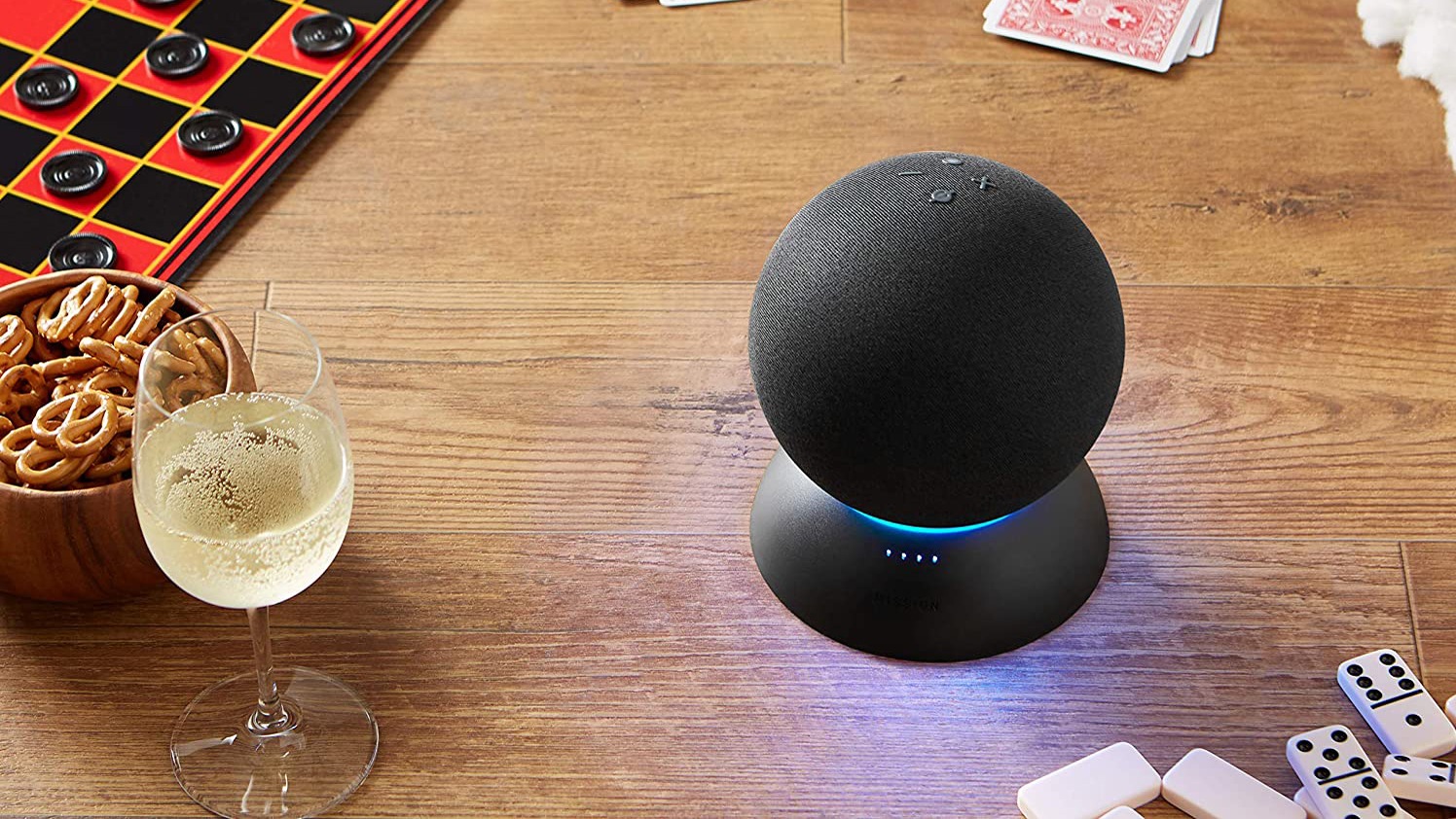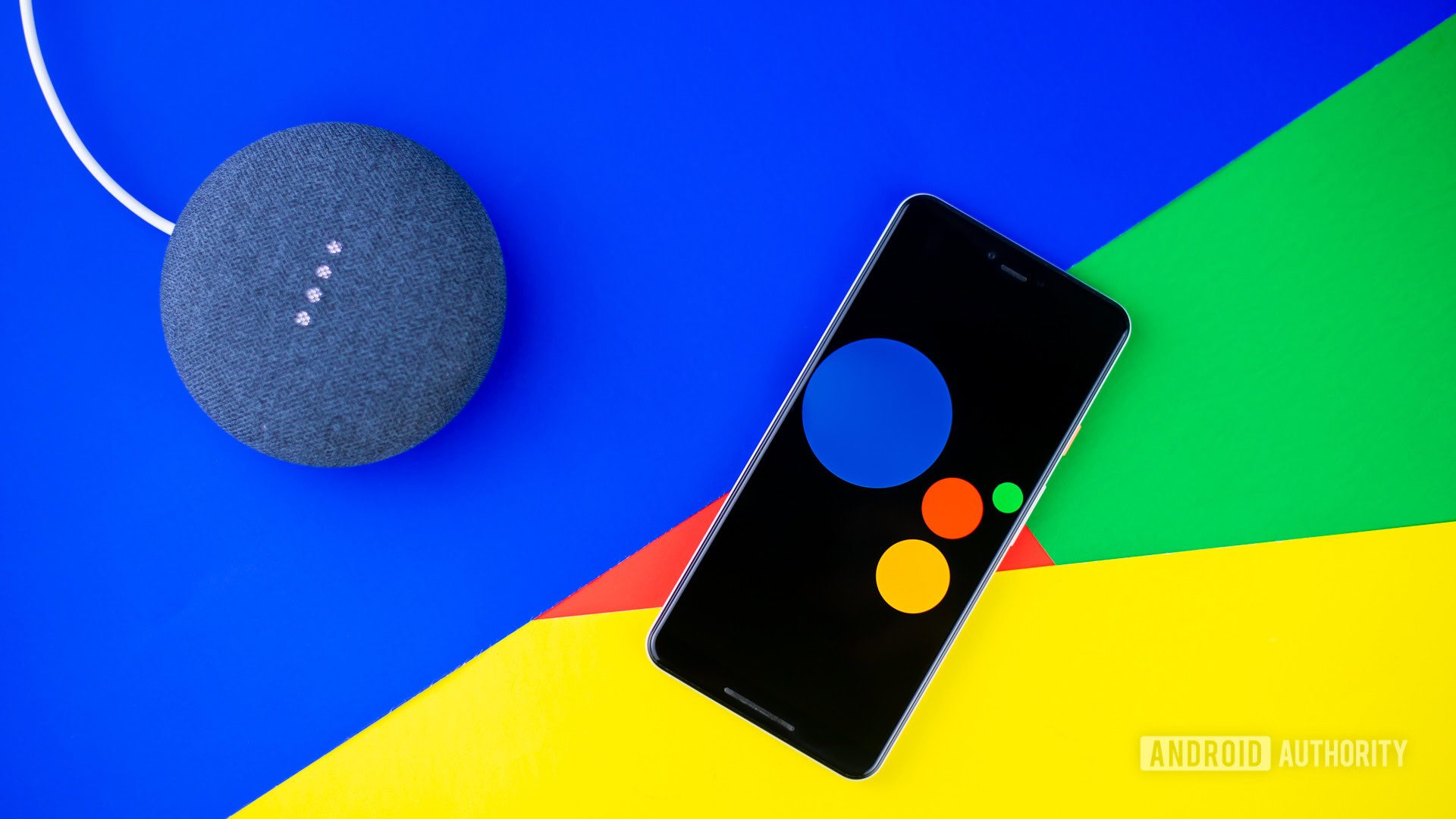
That said, the Nest Mini's capacitive volume controls generally worked without an issue, though it's naturally more prone to inconsistency than a physical button like the Dot has.Īs for the Echo Dot, this year's model includes the LED clock in the front that lights up and shows the time by default it can also display the outdoor temperature or your timers. Honestly, it doesn't add much to the experience, and while I prefer the Nest Mini's unadorned top, the Echo Dot's buttons are certainly more user-friendly. On the Nest Mini, tapping the center is re-enabled, but there's one other tweak: The Nest Mini has proximity sensors that cause it to light up and give you visual cues for where to tap when you reach for it. That's a slight tweak from the original model Google disabled the top center touch button after it was inadvertently causing the Home Mini to record and upload more sound than intended. Tapping the left or right side of the speaker lowers or raises the volume, and you can tap the center to pause audio. The Nest Mini does have physical controls hidden under its fabric top, though. The only physical switch on the Nest Mini is a microphone mute switch on the back the Echo Dot, on the other hand, has volume up and down buttons, a mic mute and a button to activate the speaker without saying "Alexa" first.

Indeed, my colleague Terrence O'Brien said he would kill to get his Home Mini off the counter in his kitchen, so perhaps I'm underestimating the wall mount's appeal. I've never personally thought about mounting a speaker to the wall like this, but it's clearly something people were doing, and it's nice that it doesn't require extra hardware any more. In fact, the only way to know tell the Nest Mini from its predecessor is the small wall mount built into the back. It's a small, circular, fabric-covered speaker that comes in four colors (gray, black, coral and Sky Blue). If you've seen the original Home Mini, there's almost nothing to distinguish this new model. These are two of the most popular smart speakers on the market, so if you're looking to pick one up this holiday season, here's what you should know before casting your lot with Alexa or Google Assistant. Amazon responded with a small tweak to last year's Echo Dot - it's basically the same, but you can now spend an extra $10 to get a model with an LED clock on the front.

This year, the back-and-forth continued with Google's Nest Mini, a $49 speaker that looks identical to the original Mini but includes a wall mount, proximity sensors and (you guessed it) an improved speaker and microphone setup. But more importantly, it fixed the older Dot's terrible speaker with something that was pretty impressive for casual listening. It ditched the glossy black plastic and took inspiration from the Home Mini's fabric-covered exterior. Naturally, Amazon responded a year later with the third-generation Dot. The Home Mini bested the Dot in several ways, though, including a better speaker and more attractive design. The Echo Dot, a tiny and affordable version of the larger Echo smart speaker, had been on sale for more than a year and a half, and Google was clearly responding to the Dot's popularity.


When Google introduced the Home Mini two years ago, it was playing catch-up to Amazon's Echo lineup.


 0 kommentar(er)
0 kommentar(er)
